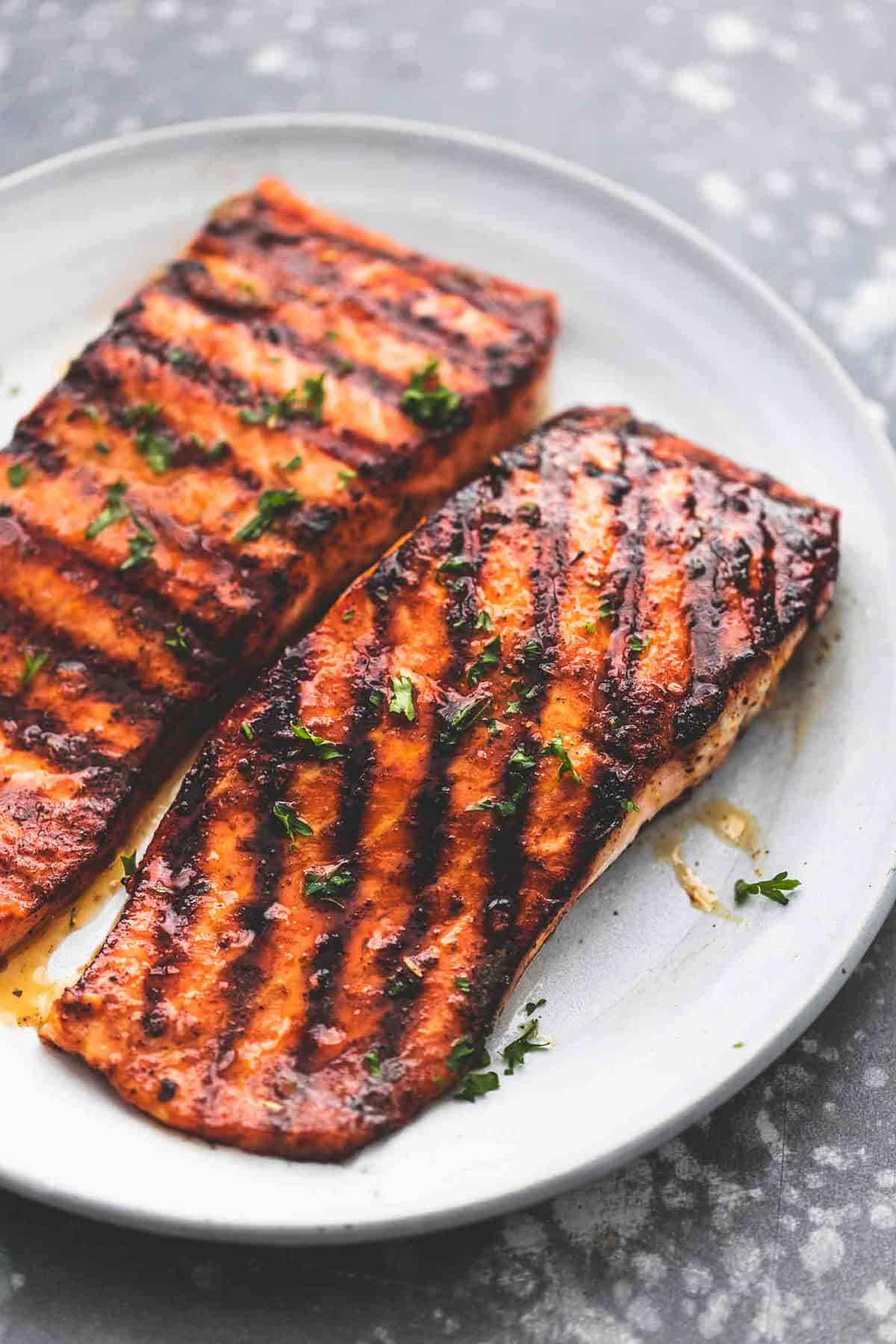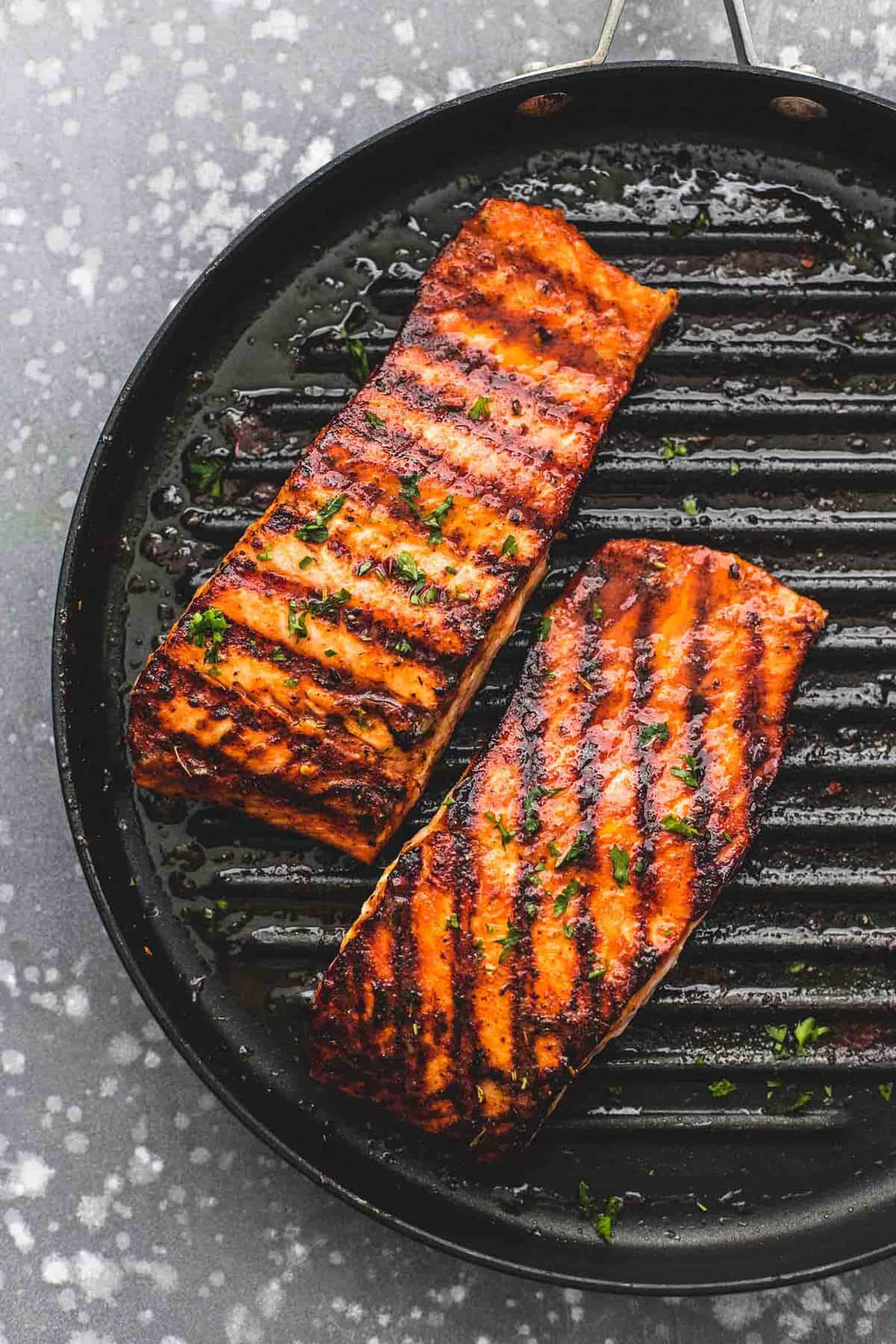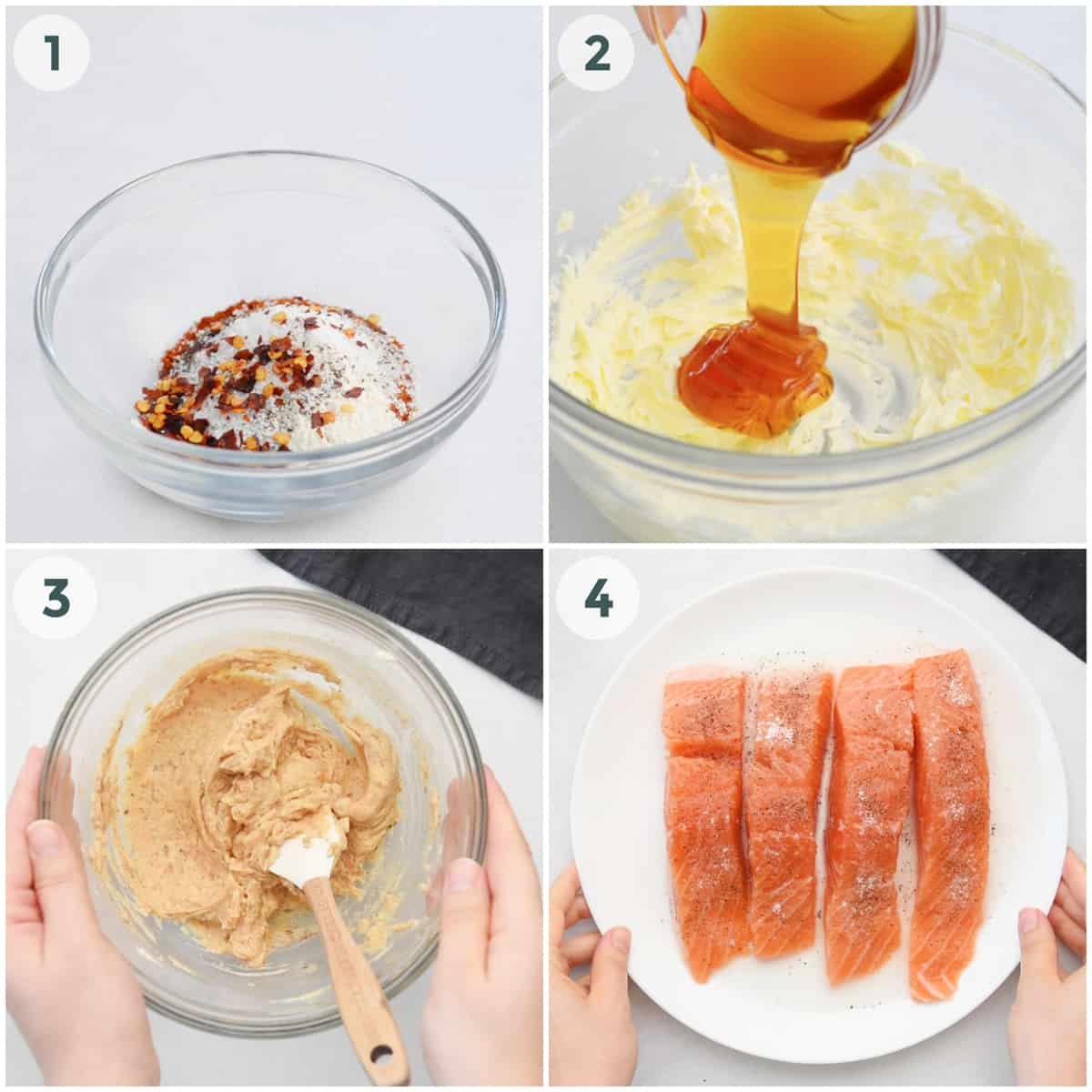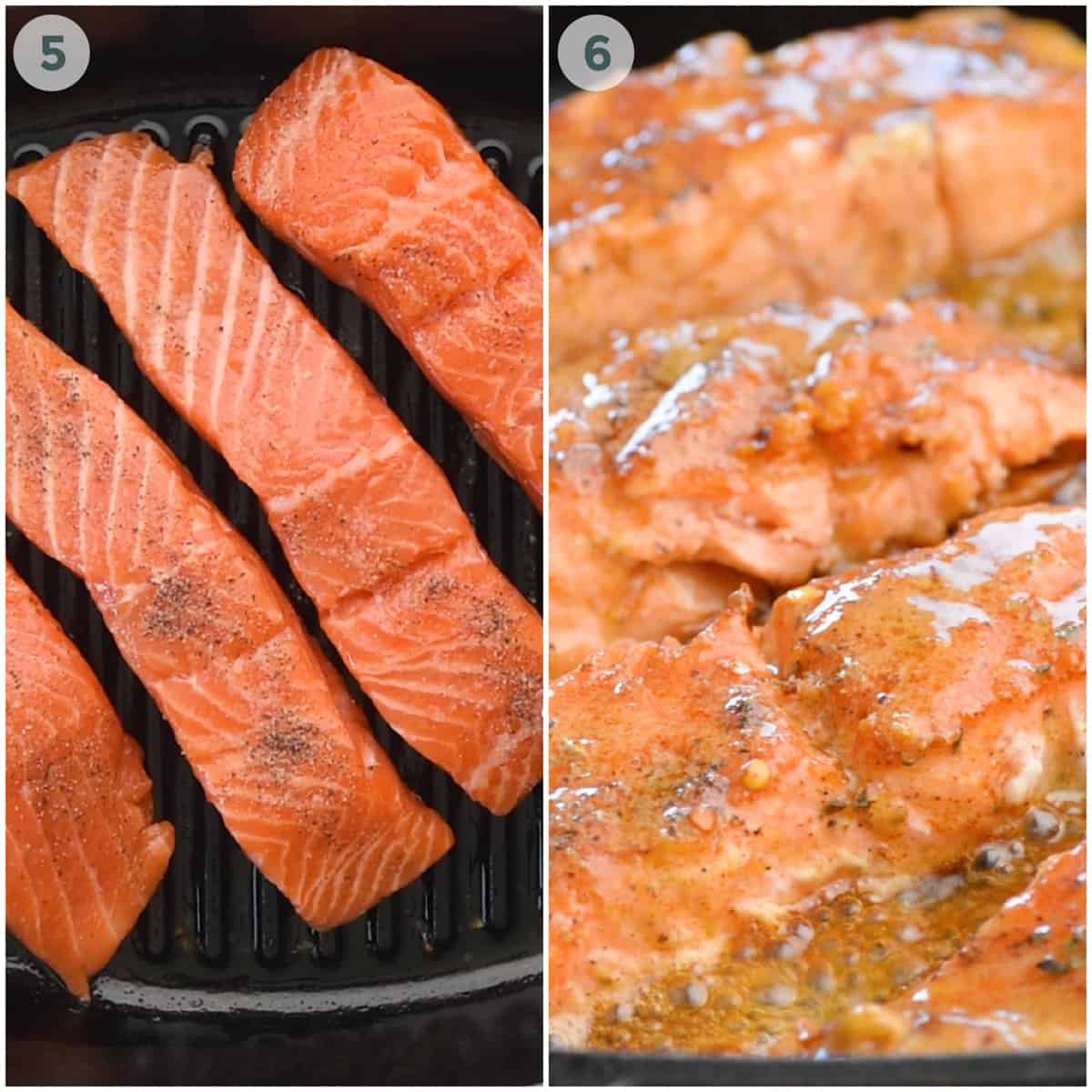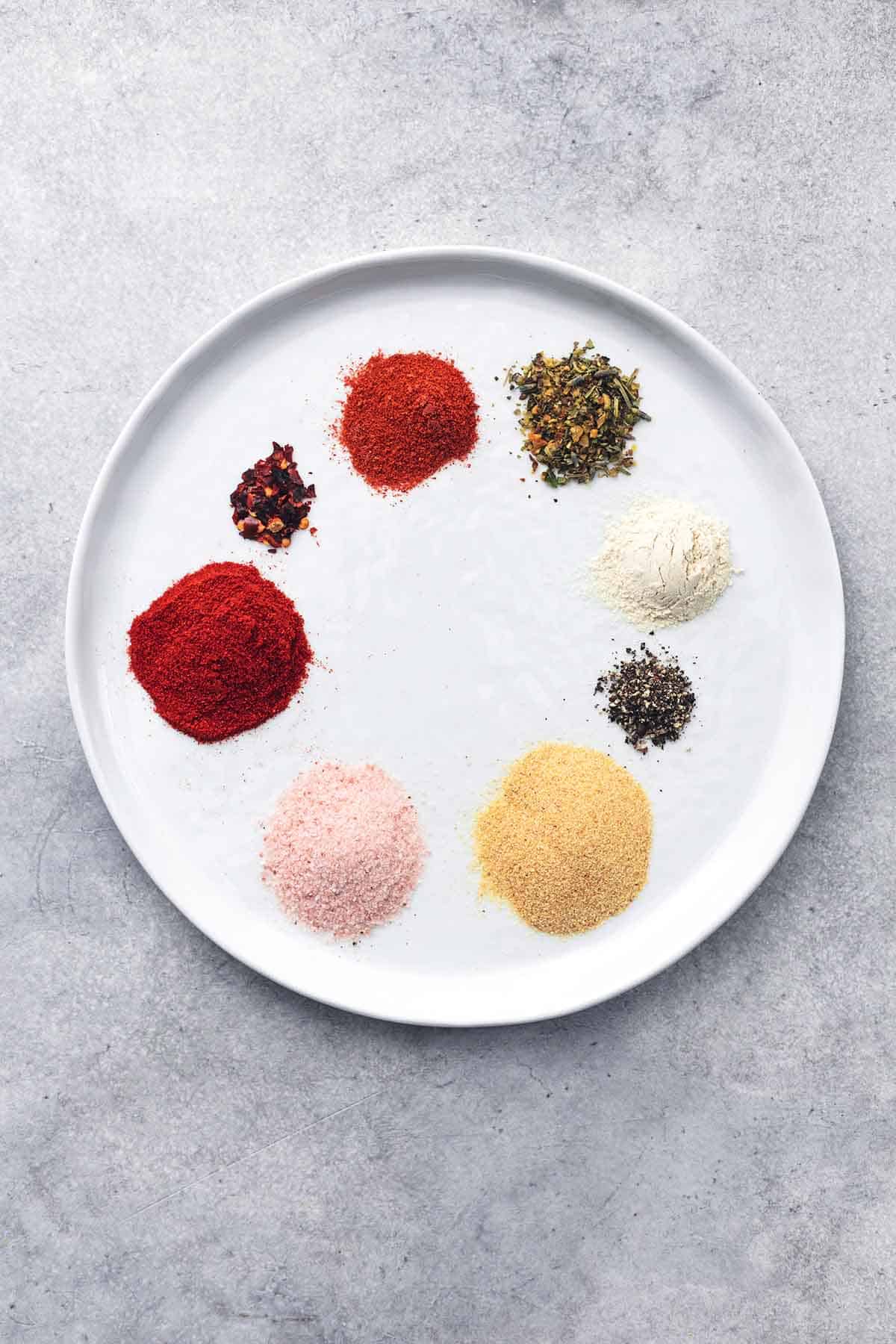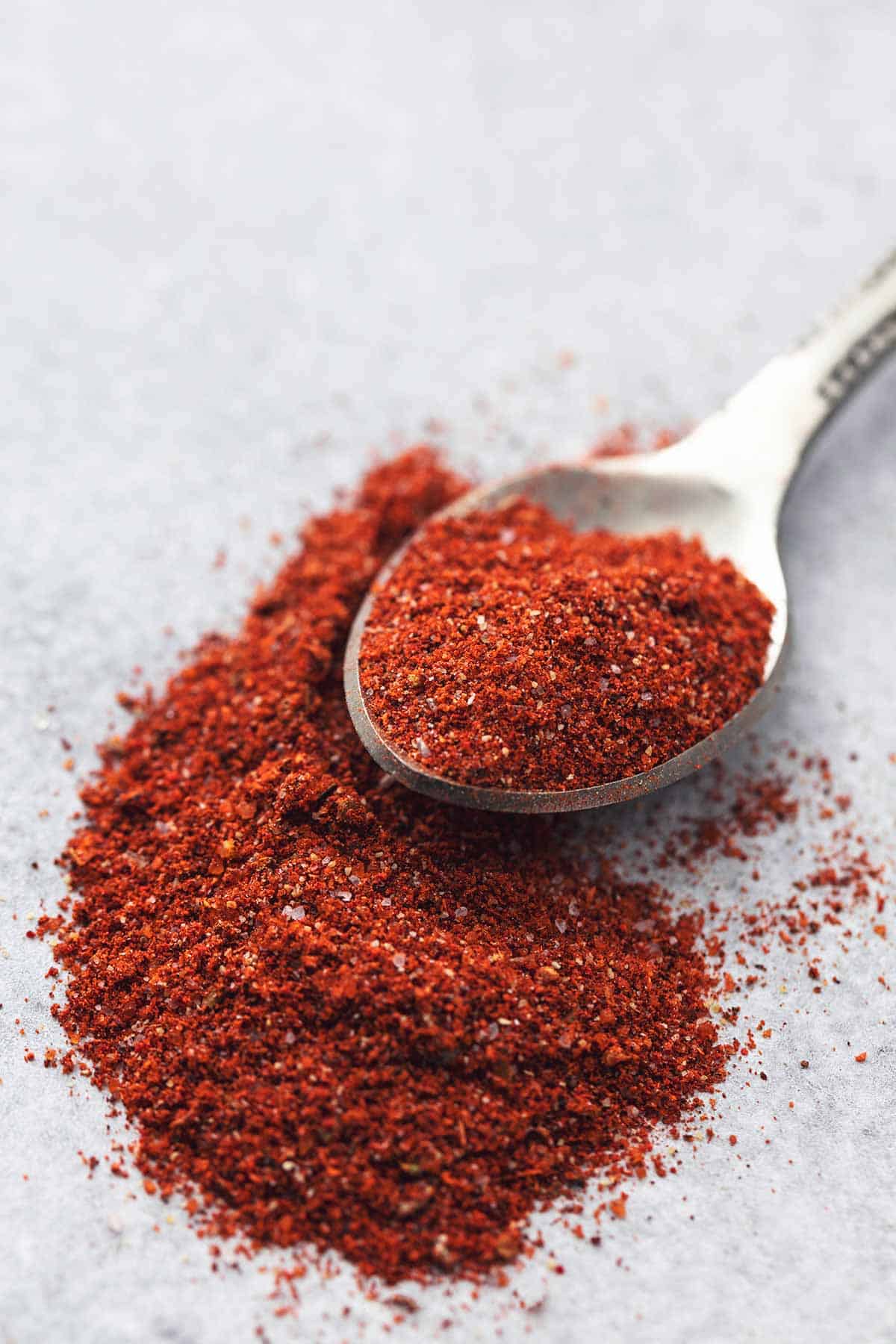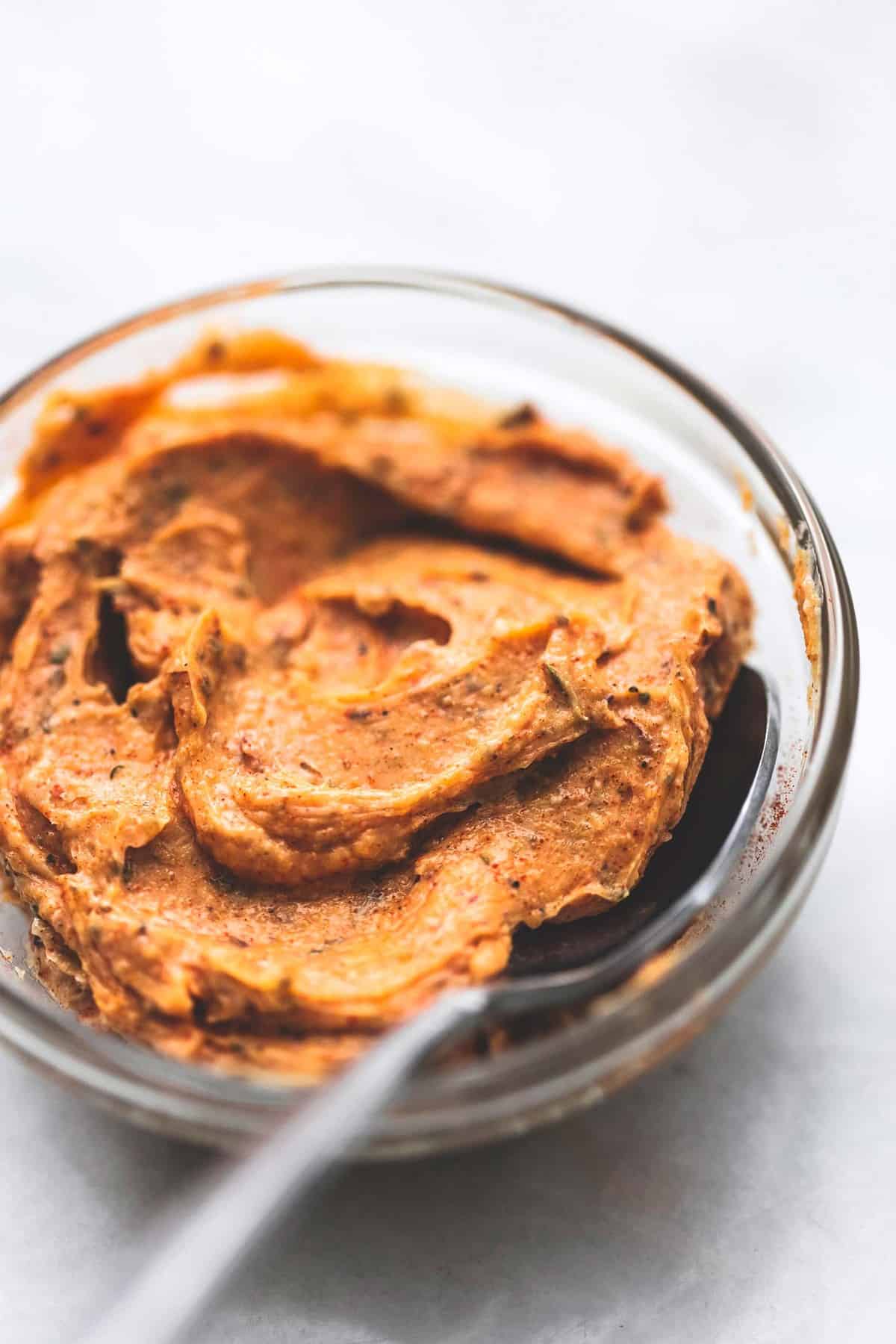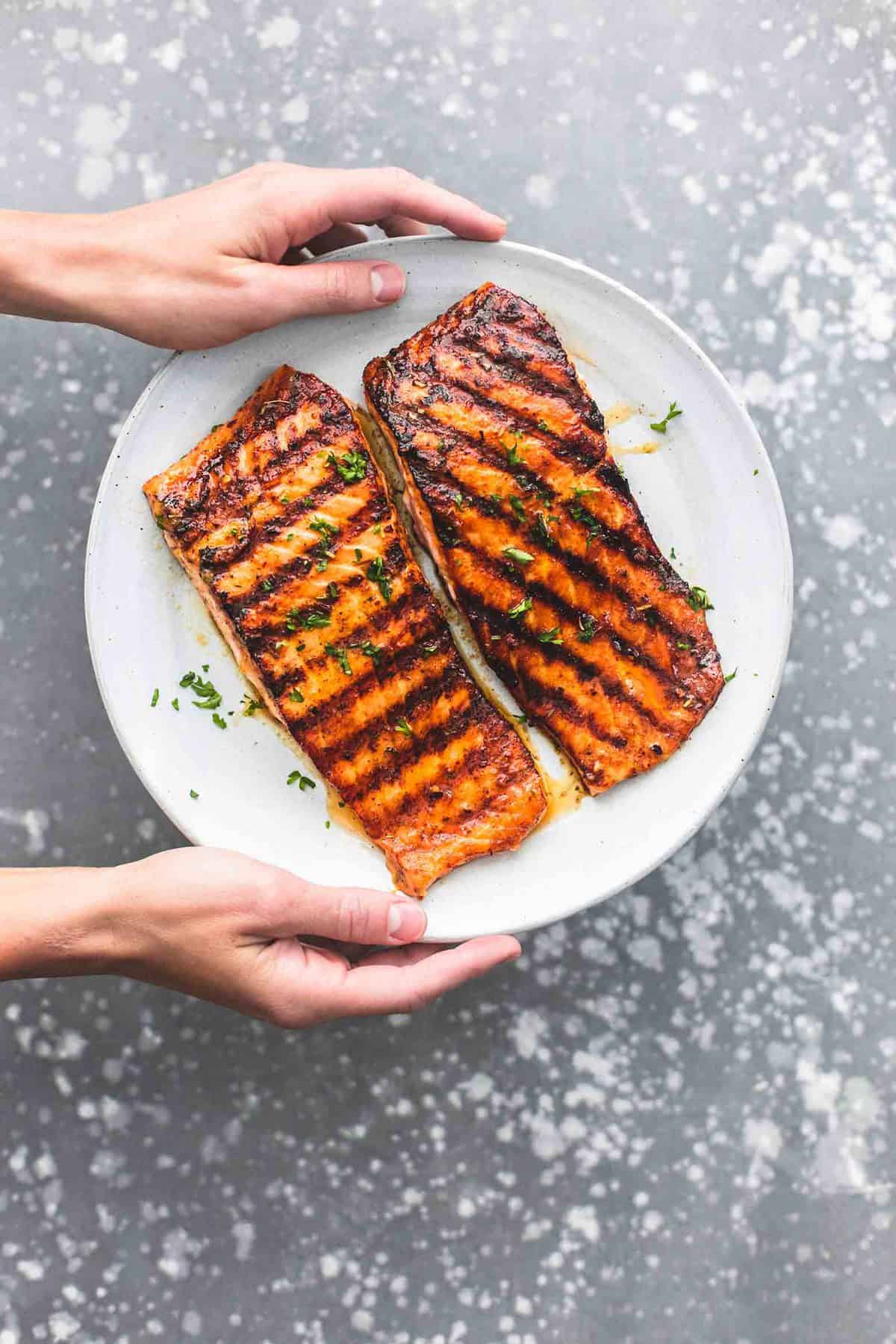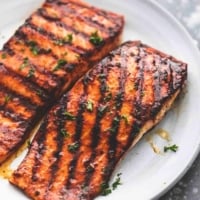For all your salmon lovers out there, you’ll want to bookmark these recipes for the coming weeks: Best Easy Healthy Baked Salmon, Garlic Dijon Shrimp and Salmon Foil Packs, and my Salmon New Orleans When it’s warm, I want to try to eat outside as much as possible, in an effort to try to soak up all that summer down deep in my skin to hopefully last all fall and winter long. And being outside means cooking outside. So, we fired up the grill for some spicy salmon fillets with a delicious Cajun seasoning, butter, honey, and a few other odds and ends. The great thing about this grilled salmon recipe is it grills up so fast and it’s really easy to season, plus, the Cajun spices are easy to pull together, and you probably wouldn’t be upset with yourself if you made extra and kept on-hand for future recipes (hint, hint).
Why This Recipe Works
Cajun seasoning – I love making my own spice blends. (For another spice blend recipe, try my Simple Grilled Chicken Dry Rub.) It’s a good way to use up some of those dry spices you have laying around (who needs that much paprika, anyway?), and, once it’s made, cuts down on seasoning time in the future. Plus, this grilled salmon seasoning will keep in your pantry just as long as the individual spices themselves, so you can use them again and again to season poultry, beef, seafood, potatoes, veggies — you name it. Honey butter – Mixed together with butter and honey, the spices take on another dimension of flavor, both a little hot and a little sweet, and so creamy and delicious when melted on the Cajun salmon. I think you’ll agree this recipe is a keeper! Quick dinner option – Just grill the salmon and slather it with the Cajun seasonings mixed into the honey butter. Devour. That’s it! Done in 15 minutes. It might seem impossible but it’s true. You can have this delicious honey salmon from fridge to table in a flash. Healthy – Did you know that a grilled salmon recipe is very good for you? Salmon is a great source of heart-healthy fats and Omega-3s! If the butter is too much for you, simply cut it in half or just sprinkle the Cajun seasoning on the salmon before grilling. Just as spicy and delicious!
Here’s How You Make It
How Do You Make Cajun Seasoning?
I love making my own spice blends. It’s a good way to use up some of those dry spices you have laying around (who needs that much paprika, anyway?), and, once it’s made, cuts down on seasoning time in the future. Plus, spice blends will keep in your pantry just as long as the individual spices themselves, so you can use them again and again to season poultry, beef, seafood, potatoes, veggies — you name it. First, what I do is gather up all the dry spices that I’ll need as well as my measuring spoons. Then, I grab a small bowl and get to adding each spice on top of the next. It doesn’t matter the order — they are all going to be mixed together anyway. I’ll stir the spices together with a whisk or a fork and then take out what I need for the honey butter (in this case, I needed 1 tablespoon) and put the rest in a little spice jar or airtight container. A small funnel or a rolled-up piece of paper works well when trying to get the spices back in the jar.
What Kind of Food Is Cajun?
So, once upon a time a group of French-speaking people were booted out of the Acadian region of Canada and moved to Louisiana. They named their new home “Acadiana” of course. As these new transplants brought and introduced their style of cooking to the region, it became known as Cajun. Generally, its ingredients are locally sourced, simple, and consist of some sort of protein, rice, seafood, sausage, and beans and tends to be spicier and contain more peppers than most foods of the region.
Salted Vs. Unsalted Butter — What’s the Difference?
In this recipe (as in a lot of recipes, especially in baked goods, like my Best Soft and Chewy Snickerdoodles), I prefer to use unsalted butter. The reason? Well, mostly it’s because if you put in something unsalted then you’re free to add salt as you see fit. It’s impossible to take out the salt if it’s oversalted and too much salt can also mask flavors in the foods you’re making. If you want to taste the spices, then you’re not going to want to overpower your foods with salt. And, because the amount of salt used in each brand of salted butter can vary, I never know what I’ll get from package to package. The ingredients lists don’t really give away any kind of official amount. So, while one salted brand might be great, if you switch, you may be unknowingly adding more salt than you originally intended. Another reason to use unsalted is because unsalted butter will be fresher. Salt is a preservative, so if you put butter in salt, well, you can keep it there on the shelf for quite a while, as opposed to fresh, unsalted butter, which has a shorter shelf life.
Expert Tips
If you’re making extra Cajun seasoning to have some on hand for next time (or another dish), simply store the rest in a little spice jar or airtight container. A small funnel or a rolled-up piece of paper works well when trying to get the spices back in the jar. If using salted butter, do not salt the salmon in step three.
More Cajun-Inspired Recipes
One Pot Spicy Cajun Chicken and Rice Homemade Cajun Seasoning Cajun Shrimp and Rice Skillet Shrimp Boil Foil Packs
More Grilling Recipes
Grilled Chicken Margherita Best Quick Steak Marinade Marinated Flank Steak with Corn Salsa Extra Juicy Grilled BBQ Pork Chops Best Ever Grilled Pork Tenderloin Grilled Salmon with Lemon Garlic Butter
Did you make this easy breezy, sweet and spicy Cajun grilled salmon recipe? YAY! Please rate the recipe below!
